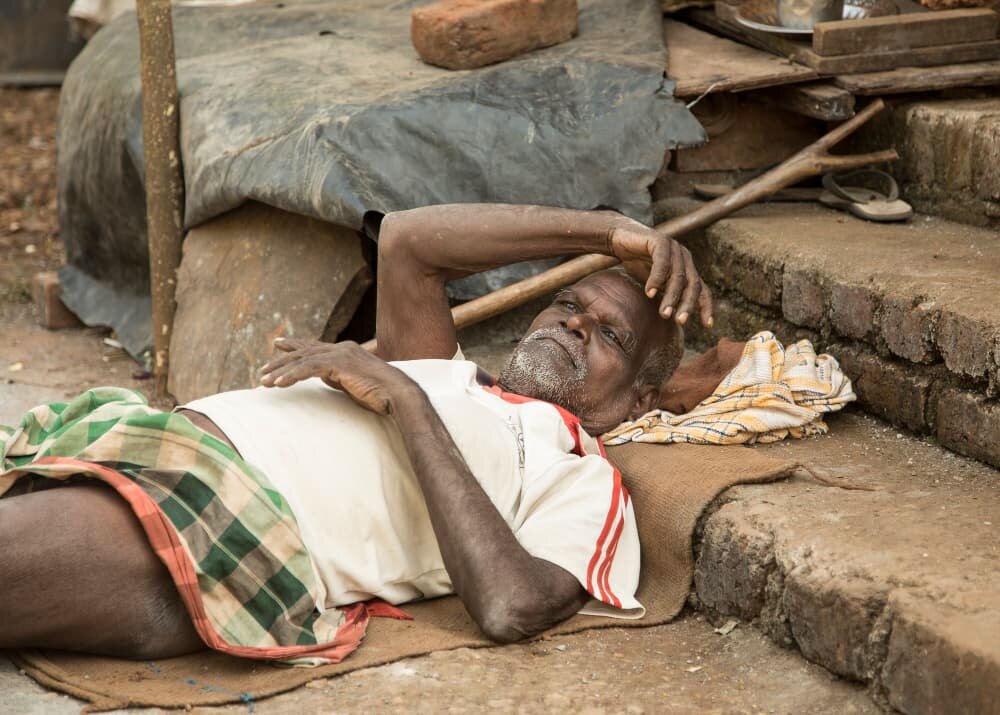What is the connection between low back pain and mortality?
Review of "Association of Back Pain with Mortality: a Systematic Review and Meta-analysis of Cohort Studies"
Low back pain is one of the most common health problems in the population. About 80% of people will suffer from back pain at some point in their life, usually during adolescence or early adulthood. Low back pain is the leading cause of years lived with disability – a measure of the burden of disease – and has a greater impact than more well-known diseases such as HIV, malaria, diabetes, and breast and lung cancer combined.
Although research has been done to determine whether back pain is associated with an increased death rate, the results have not been consistent.
Older people are among the most likely to develop disability related to back pain.12 In addition, elderly women are more likely than older men to develop disabling back pain.345
A new article6 tried to clarify these results by asking two questions:
- Is back pain in adults associated with increased mortality, irrespective of the cause of death?
- Does the age, sex, and/or severity of the back pain affect the association between mortality and back pain?
Findings
This review identified 11 studies with 81,337 participants. Across all studies, the researchers did not find an association between back pain and mortality. However, among women, there was an increase in mortality among women with back pain compared to those without. Similarly, more severe or disabling back pain was associated with mortality.
Interpretation
Back pain that does not resolve spontaneously and persists across the life course may bring consequences, especially for older persons. Disabling back pain can reduce a person’s quality of life and make them more likely to stop doing daily activities. People with back pain also tend to adopt unhelpful behaviors to alleviate their pain which leads to a pain and disability cycle that may have an association with mortality. For example, people who move less become more sedentary over time which leads to weight gain. Weight gain can worsen chronic conditions and lead to cardiovascular disease, both of which are associated with increased mortality risk.
For reasons that are not yet clear, the studies found there was a greater risk of mortality for women with back pain compared to men. Although back pain by itself would not be a reason for increased mortality, it can have a domino effect, because when back pain becomes chronic or is severe, the resultant disability can reduce the ability of older persons to carry out even mild activities such as walking a quarter of a mile. The back pain can result in being afraid of movement (called “kinesiophobia”) and can also influence a person’s mental health leading to a depression cycle that could result in any number of complications. In addition, back pain in older people can involve an excess of opioid medications which can create a higher risk of mortality. It is interesting to note that the American College of Physicians recommends non-pharmacological treatments to patients suffering from back pain, such as acupuncture, chiropractic, and physical therapy, among others.7
Dr. Eric Roseen, lead author of the paper, said, “When back pain persists and becomes disabling it may shorten life in addition to reducing quality of life. Further research should aim to understand the mechanisms of this association, and whether reducing back-related disability in older adults can extend life.”
Conclusion
In conclusion, back pain may be associated with a small increase in mortality in older women and both sexes if the back pain is severe.
The lead author of the paper, Eric Roseen, is the research coordinator for the World Spine Care Yoga Project. He is an Assistant Professor in the Family Medicine Department at the Boston University School of Medicine. He Directs the Program for Integrative Medicine and Health Disparities at Boston Medical Center.
References
-
Jordan KP, Croft P. Mortality and cancer in patients with new musculoskeletal episodes: a cohort study. British Journal of General Practice. 2010;60(572). ↩︎
-
Fernandez M, Boyle E, Hartvigsen J, et al. Is this back pain killing me? All-cause and cardiovascular-specific mortality in older Danish twins with spinal pain. Eur J Pain. 2017;21(5):938-948. ↩︎
-
Zhu K, Devine A, Dick IM, Prince RL. Association of back pain frequency with mortality, coronary heart events, mobility, and quality of life in elderly women. Spine (Phila Pa 1976). 2007;32(18):2012-2018. ↩︎
-
Docking RE, Fleming J, Brayne C, et al. The relationship between back pain and mortality in older adults varies with disability and gender: results from the Cambridge City over-75s Cohort (CC75C) study. Eur J Pain. 2015;19(4):466-472. ↩︎
-
Roseen EJ, LaValley MP, Li S, et al. Association of Back Pain with All-Cause and Cause-Specific Mortality Among Older Women: a Cohort Study. J Gen Intern Med. 2019;34(1):90-97. ↩︎
-
Roseen, E. J., Rajendran, I., Stein, P., Fredman, L., Fink, H. A., LaValley, M. P., & Saper, R. B. (2021). Association of Back Pain with Mortality: a Systematic Review and Meta-analysis of Cohort Studies. Journal of General Internal Medicine. ↩︎
-
Qaseem, A., Wilt, T. J., McLean, R. M., Forciea, M. A., Clinical Guidelines Committee of the American College of Physicians. (2017, April 4). Noninvasive Treatments for Acute, Subacute, and Chronic Low Back Pain: A Clinical Practice Guideline From the American College of Physicians. ↩︎


